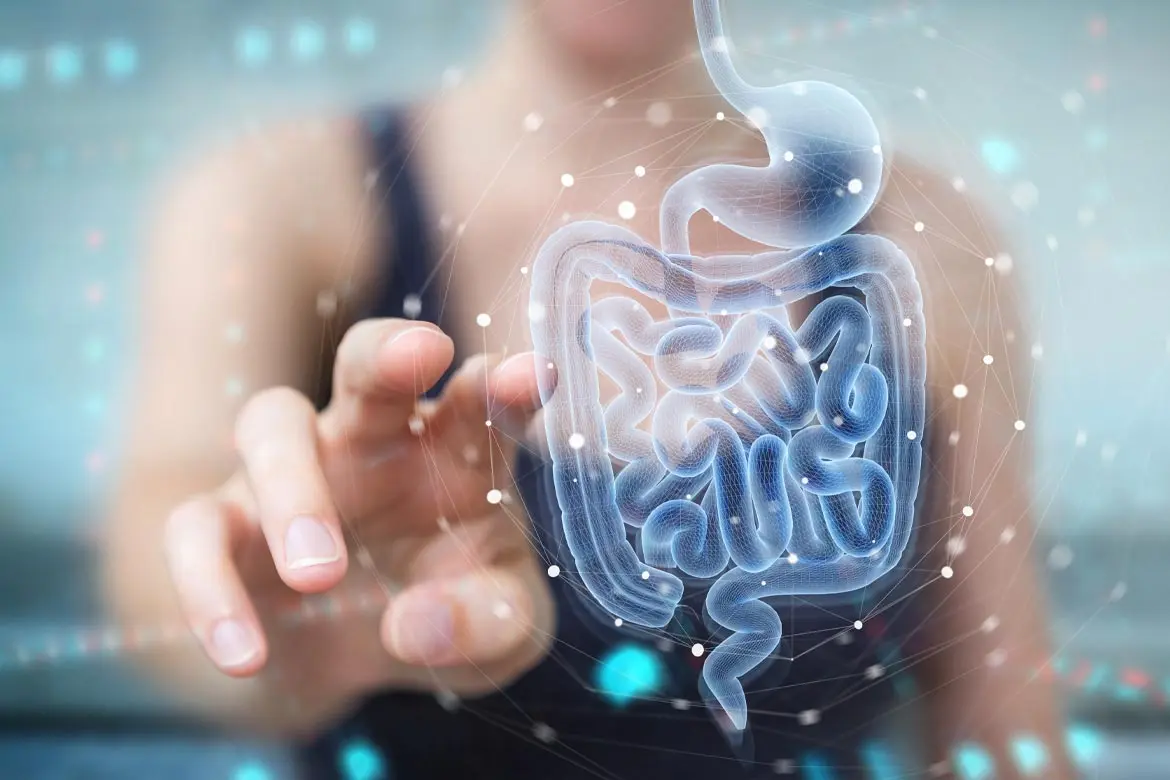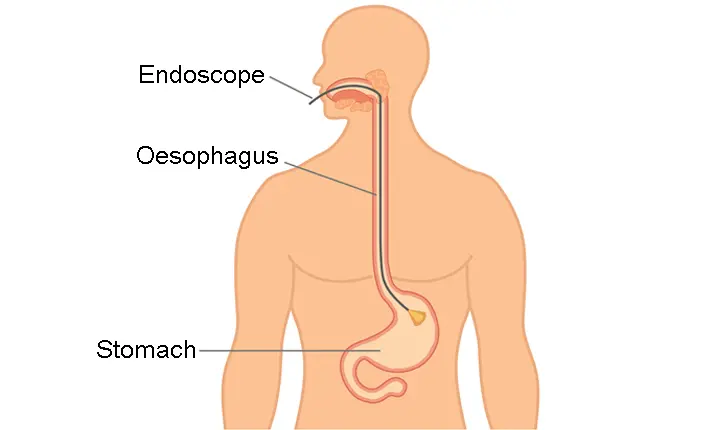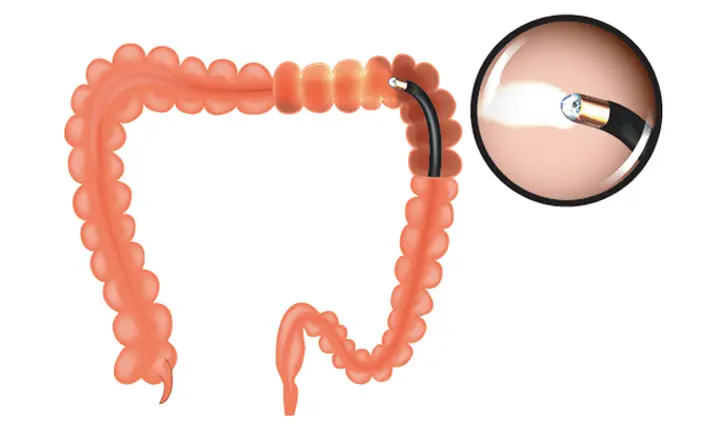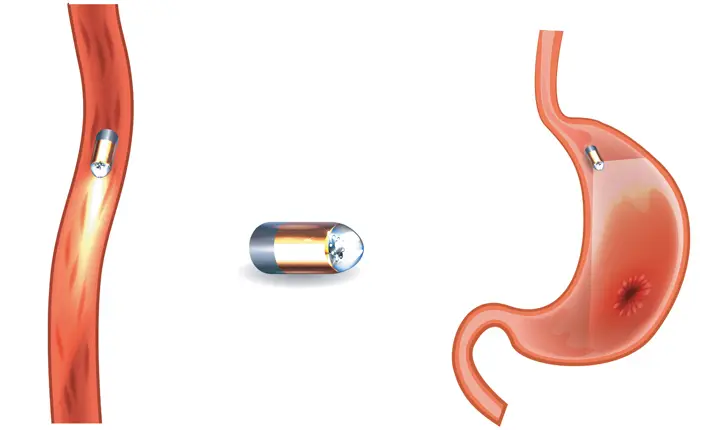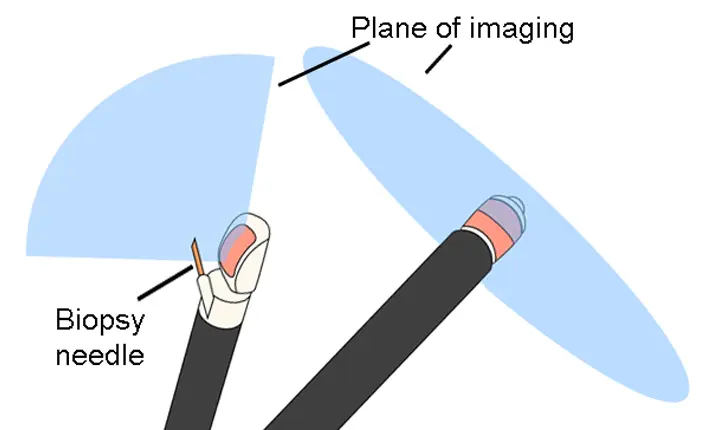If you're experiencing unusual but non-specific symptoms like bloating, heartburn or tummy pain, it can be hard to pinpoint a cause without further investigation.
Your doctor can help you work out what's going on. Here are 4 of the main methods for diagnosing digestive conditions.
You can also speak to a gastroenterologist to find out which test is most suitable for your needs.
1. Gastroscopy
What is a gastroscopy?
A gastroscopy checks your food pipe, stomach and upper part of the small intestine (duodenum) for abnormalities. This minimally invasive procedure uses a thin, flexible camera, which is inserted through your mouth into your stomach and duodenum, to diagnose problems and take tissue samples.
What does a gastroscopy detect?
Your doctor may recommend a gastroscopy to:
- Investigate the cause of unexplained symptoms, such as abdominal pain, vomiting, heartburn, bloating, anaemia or unexplained weight loss
- Check for ulcers, cancer and precancerous growths or conditions
Who can benefit from a gastroscopy?
Anyone with unexplained stomach symptoms or persistent heartburn may need a gastroscopy. Your doctor may also suggest the procedure if you've swallowed a foreign object by accident, or if you have small non-cancerous or cancerous growths that need to be removed from your stomach.
What can you expect during a gastroscopy?
Your doctor may use a mild sedative to relax you before inserting the thin camera down your throat, down to your stomach and duodenum. You'll be lying on your side during the procedure, which lasts about 5 – 15 minutes.
How to prepare for a gastroscopy?
You'll need an empty stomach for the procedure, so you shouldn't eat anything for up to 8 hours before or drink anything for up to 3 hours before. Speak to your doctor in advance if you're taking blood thinners or medication for diabetes.
2. Colonoscopy
What is a colonoscopy?
A colonoscopy checks your large intestine for any abnormality or disease. During the procedure, your doctor will gently guide a thin, lighted camera through your rectum into your colon to look inside your large intestine.
What does a colonoscopy detect?
Your doctor may recommend a colonoscopy to:
- Investigate the cause of abdominal pain, bleeding, anaemia, unexplained weight loss, unexplained constipation or diarrhoea, or a change of your bowel habits
- Check for colorectal cancer or precancerous growths
Who can benefit from a colonoscopy?
Anyone with unexplained lower intestinal symptoms may need a colonoscopy to rule out anything serious. However, if you're over the age of 50, you should have regular colon cancer screening even if you don't have any symptoms, as the risk of cancer increases with age.
What can you expect during a colonoscopy?
You will be lying on your side for most of the procedure, with your knees up close to your chest. You'll usually be given a mild sedative to help relax your body, though you may not be fully asleep.
After the camera is inserted, your doctor will gently inflate the intestine so as to get a clear view. Your doctor may also take some tissue samples for microscopic analysis if necessary.
On average, you should expect the colonoscopy to last anywhere between 20 – 45 minutes.
How to prepare for a colonoscopy?
Your doctor will give you clear instructions to follow before your colonoscopy. You may be allowed to consume only a liquid diet before the procedure. You may also need to take a laxative or use an enema to flush out the waste (fecal matter) in your colon before the procedure.
Before going in for a colonoscopy procedure, here are several things you need to do:
- Talk with your doctor
Discuss with your doctor about any health problems you have. You may be required to take certain medications or refrain from others. - Follow the dietary and bowel preparation instructions given
Your doctor will provide you with clear instructions on your dietary restrictions and how to prepare your colon for the colonoscopy. It is important that you follow your doctor's advice as closely as possible to ensure optimal preparation of your colon for the colonoscopy. - Make arrangements for a ride home
If you are requesting to be sedated for the procedure, have someone accompany you home after that as driving is not permitted within 24 hours of sedation.
3. Capsule endoscopy
What is a capsule endoscopy?
A capsule endoscopy is a diagnostic procedure that involves swallowing a small pill (the 'capsule') with a tiny camera inside, which takes images of your digestive system (mainly the small intestines) as it passes through. This test may be recommended by your doctor if your small bowel needs to be evaluated.
What does a capsule endoscopy detect?
Your doctor may recommend a capsule endoscopy to:
- Investigate the cause of unexplained symptoms, such as anaemia, bleeding or pain
- Check for small bowel ulcers, bleeding causes or inflammatory bowel disease
Who can benefit from a capsule endoscopy?
You may need a capsule endoscopy if you require evaluation of the small intestines.
What can you expect during a capsule endoscopy?
You won't feel any pain while the capsule passes through your intestines. During the process, you will have a small recording device strapped to you, to record the corresponding images as the capsule passes down the small intestines. You will need to wear this device for around 8 hours.
How to prepare for a capsule endoscopy?
Your doctor will advise you on the dietary restrictions, period of fasting and how to prepare your small intestines for the procedure. It is important that you follow this advice as closely as possible in order for the capsule to record images with optimal visualisation.
4. Endoscopic ultrasound
What is an endoscopic ultrasound?
Endoscopic ultrasound uses ultrasound waves to take pictures of your internal organs. Like an endoscopy, the ultrasound device will be guided into your body on the tip of a thin, flexible camera.
Endoscopic ultrasound is not a first-line investigation to diagnose common stomach or intestinal conditions.
What does an endoscopic ultrasound detect?
Your doctor may recommend an endoscopic ultrasound to:
- Study abnormalities or growths, and take tissue samples using a fine needle
- Evaluate and more accurately stage certain cancers, e.g. oesophagus, lung, pancreas, stomach or colorectal cancer
Who can benefit from an endoscopic ultrasound?
As the ultrasound device takes pictures of organs you usually wouldn't see with a traditional endoscopy (e.g. your lungs, pancreas, liver or gall bladder), it's not a first-line tool to diagnosis common stomach or intestine conditions. Your doctor may suggest this procedure:
- If they suspect other conditions like pancreatitis and bile duct stones
- For staging of certain cancers
- For evaluation of abnormal growths and access to tissue
What can you expect during an endoscopic ultrasound?
Depending on your suspected condition, the camera may need to be inserted through your mouth to the stomach and duodenum, or up your rectum and into your large intestine. Your doctor will give you a sedative for procedure which can last from 30 – 90 minutes.
How to prepare for an endoscopic ultrasound?
Before the procedure, your doctor will advise you how to prepare for the procedure. Speak to your doctor if you're taking blood thinners or medication for diabetes.
If you'd like to scope out your digestive health, make an appointment with a specialist!
